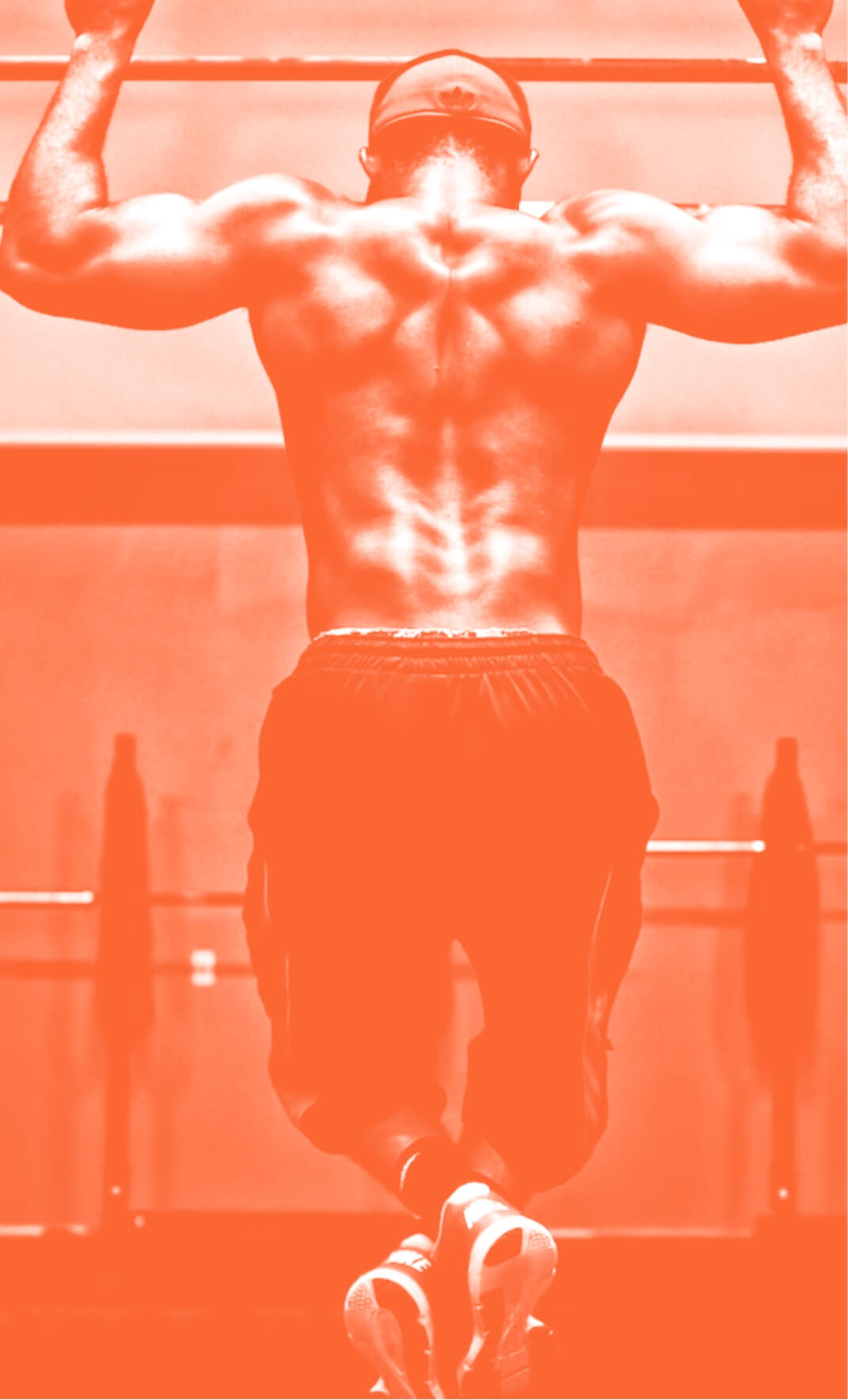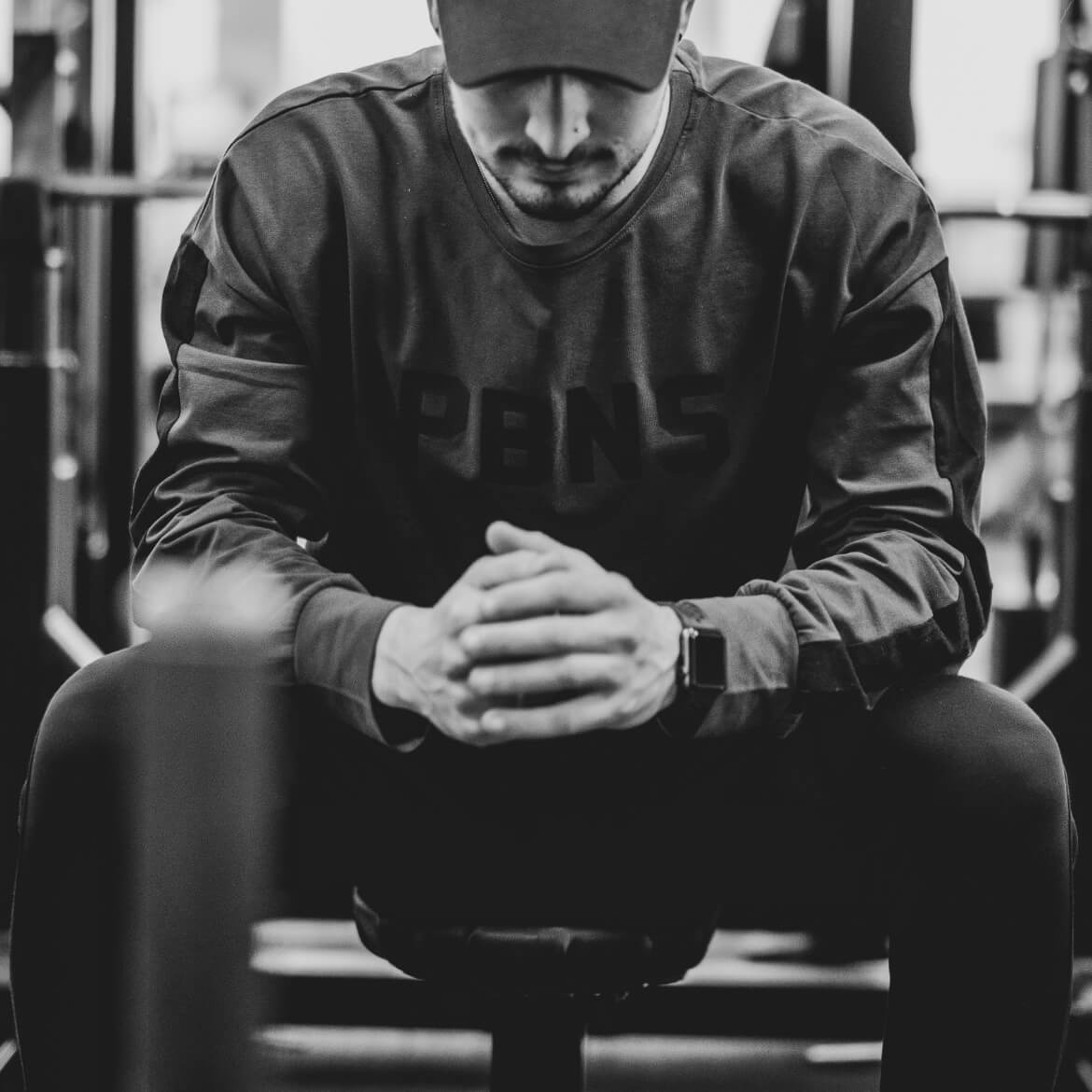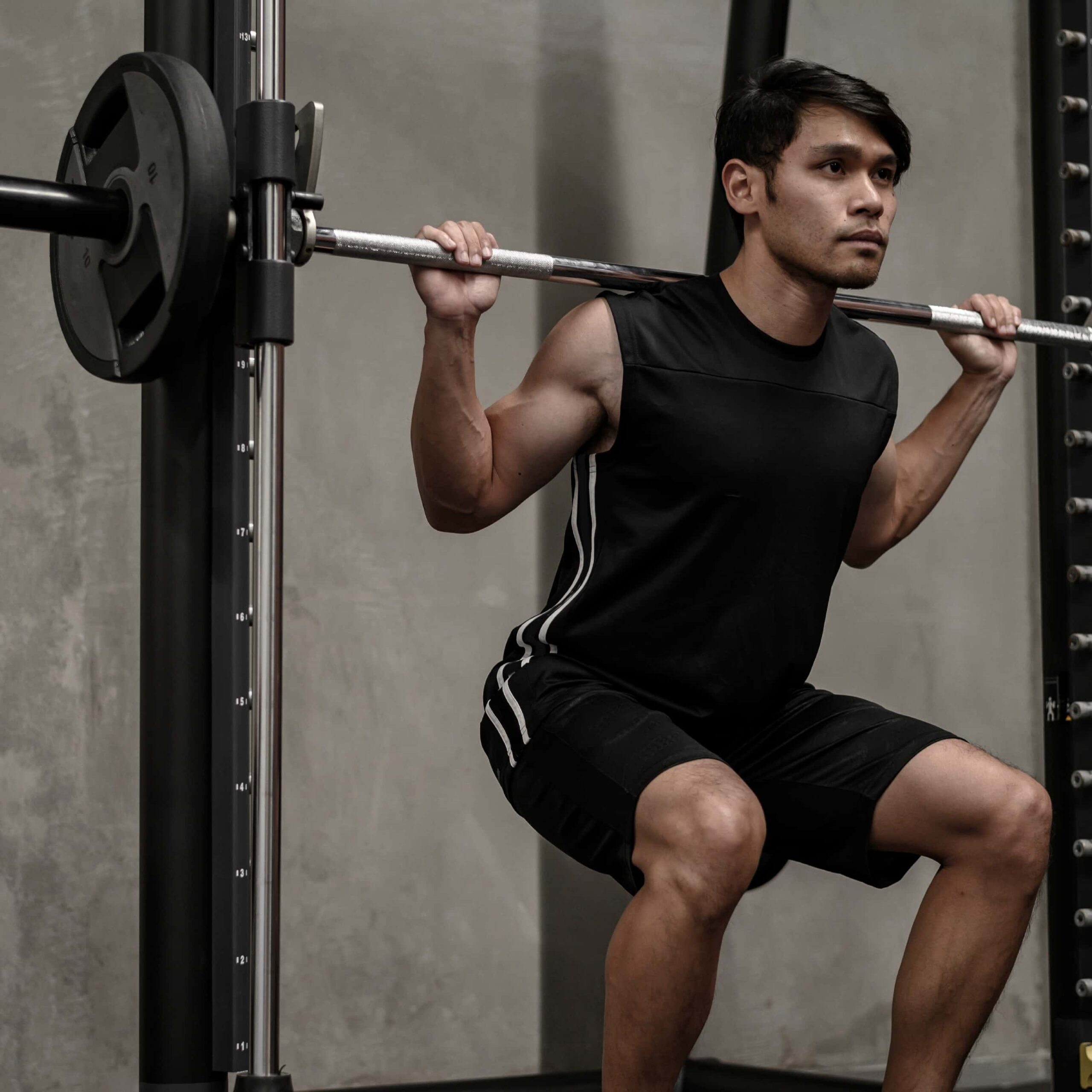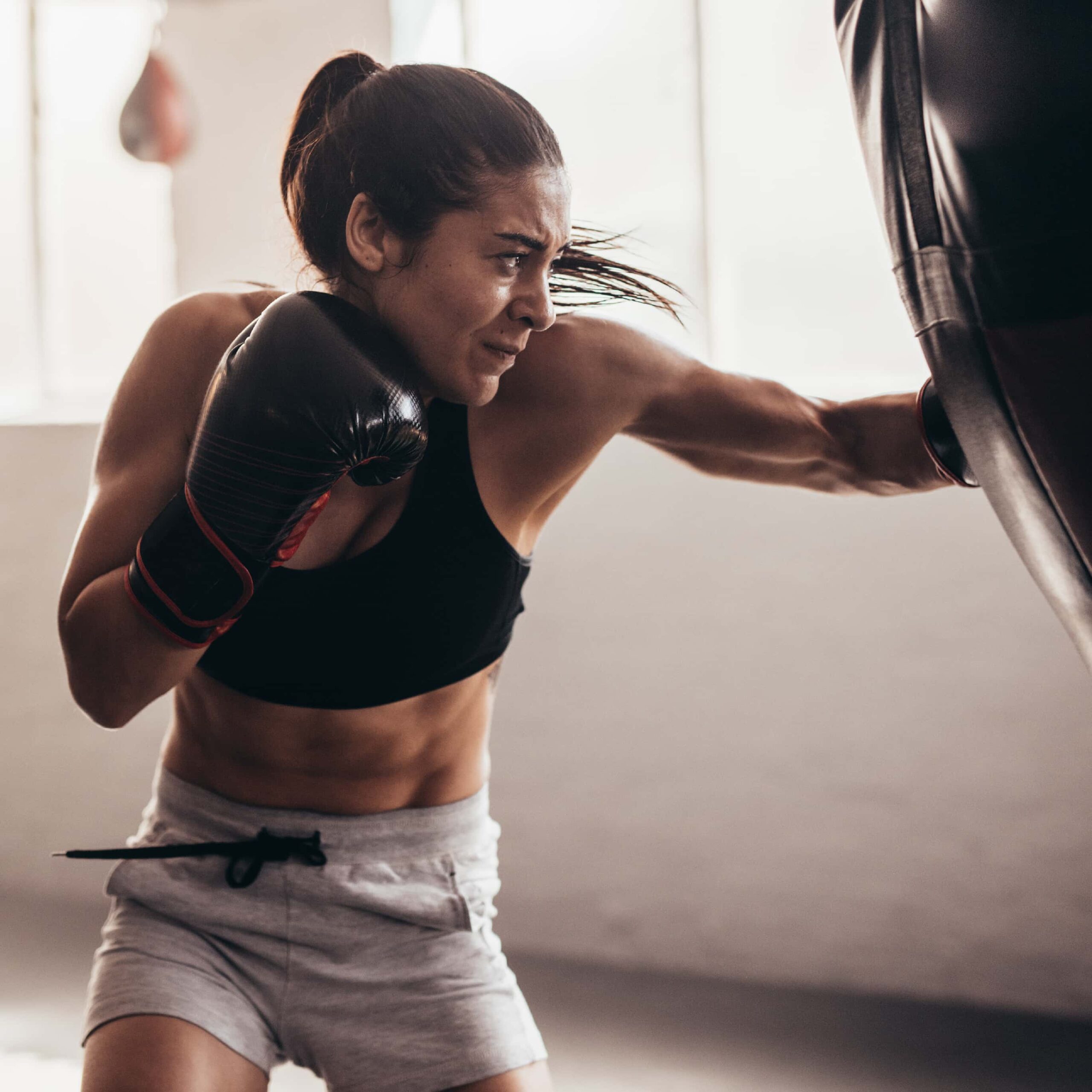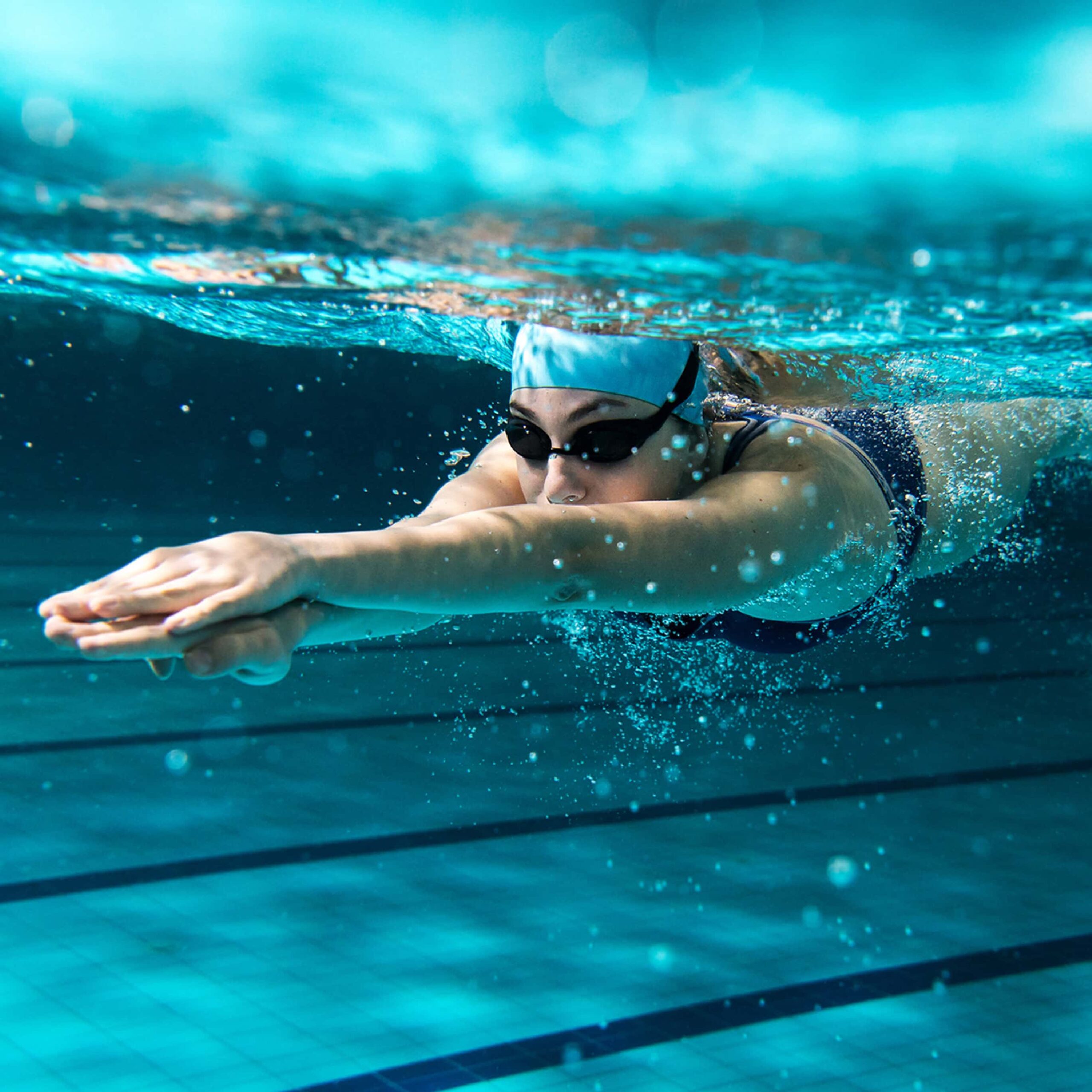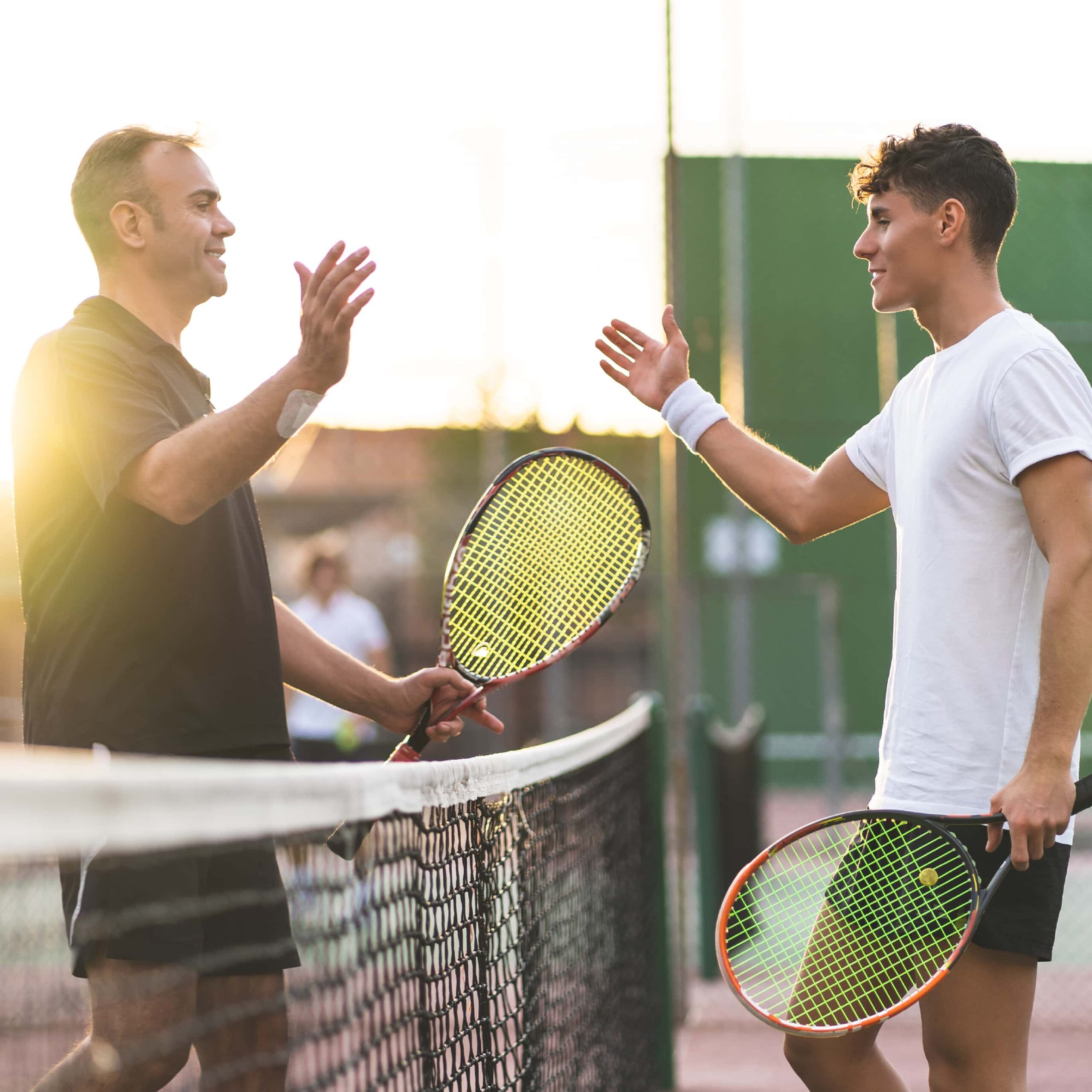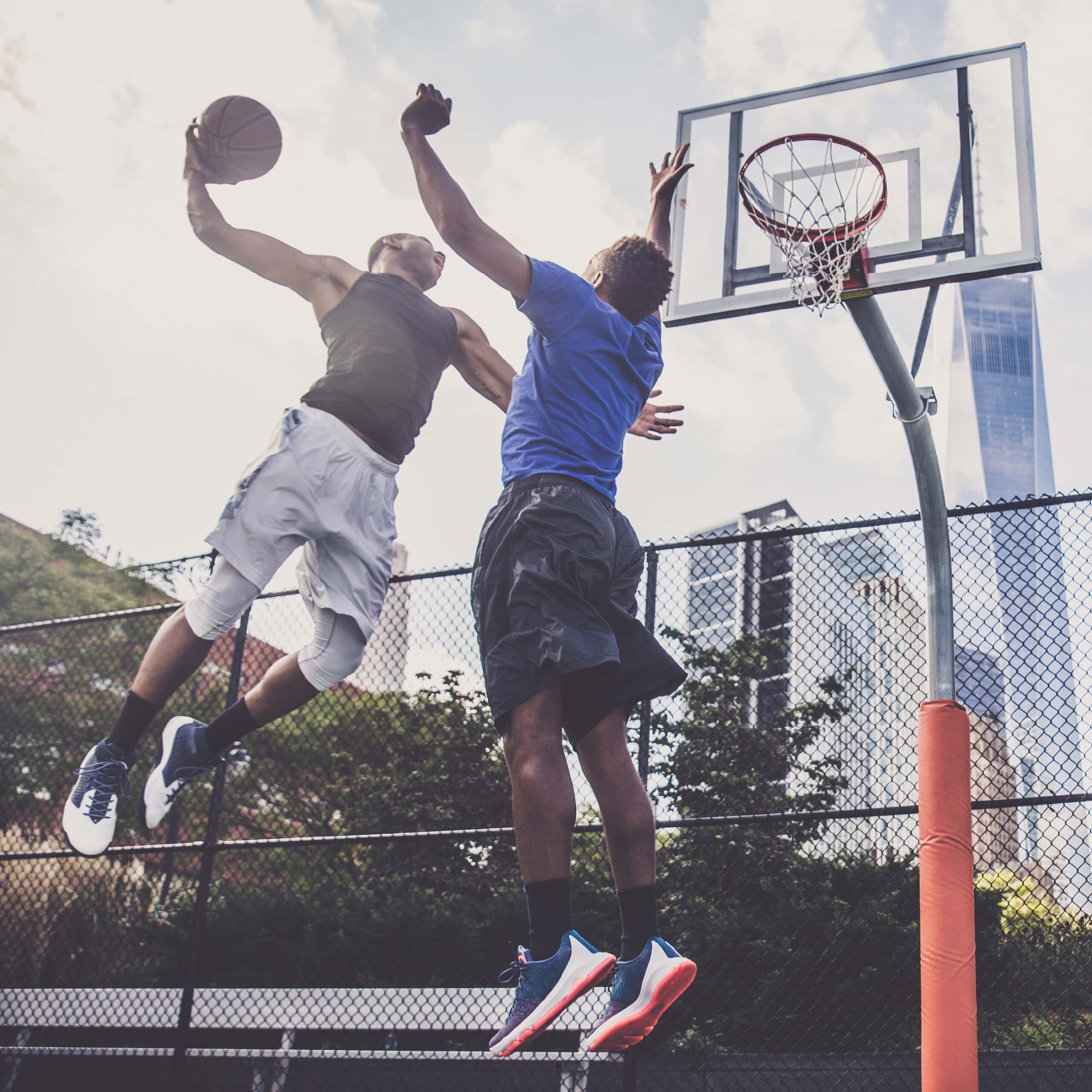10 of the Best Exercise Ball Exercises
28th Oct 19
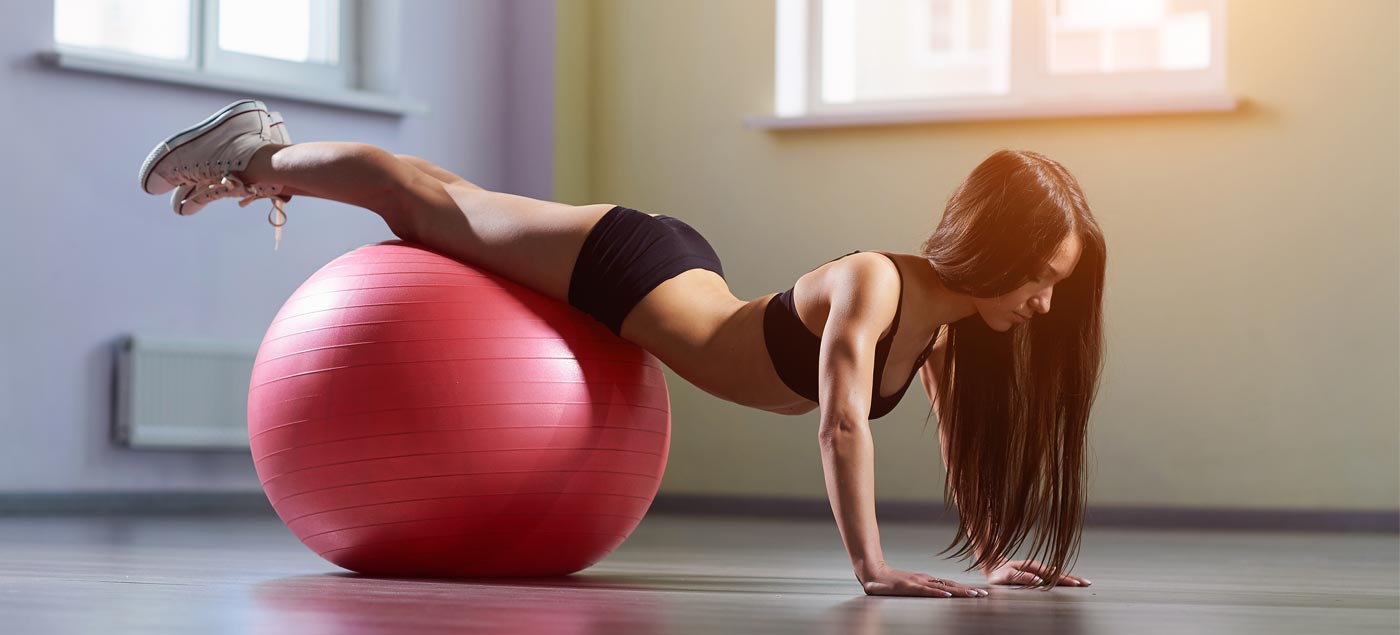
Exercise balls are not a new concept in this day and age, but they are underused. They can be used to hit almost any muscle group if you know how to use them. In fact, they can even help you develop your technique to speed up your progress if you know how to make the most of them. That’s where you need some awesome gym ball exercises.
They can help you with your strength, your form, your balance, you name it! All you need is the know-how of why they can be useful, and you’ve got it down, so here are 10 of the best uses of them.
Want to move fast? Jump to the right section below.
- Twists
- Bridges
- Leg Raises
- Decline Push Up
- V Up with Ball Pass
- Twist Squat
- Hamstring Curl
- Hyper Extension
- Knee Tucks
- Chest Press
Twists
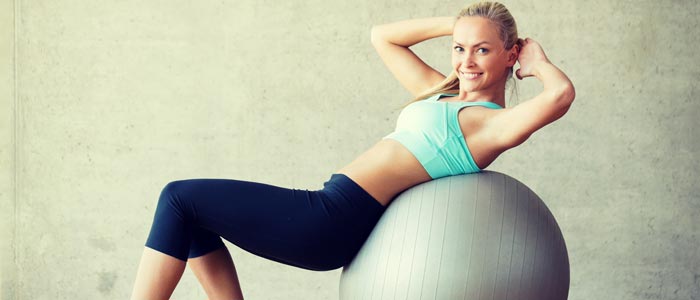
One of the most famous and original uses for an exercise ball is for a better core. They’re renowned for core and ab exercises, and why shouldn’t they be. The whole idea of an exercise ball is that you can utilise your own stability rather than a hard bench or floor, and this extra balance is what makes all the difference.
Twists are no exception to this what so ever. With your legs on the floor, simply point your arms and twist your torso whilst the ball is under your mid-back – shoulder region until you are at a 90-degree angle. Then, return to the centre and go the other way. Your obliques and your abdominal muscles will love you for it!
Bridges

Bridges are one of the best exercises out there for your glutes in particular. They do work your core and your whole upper leg muscle group, but your glutes do most of the work here.
With your heels resting on the ball and your torso flat on the floor, push your hips outwards and your heels down to roll the ball slightly and result in an upward thrust. Your lower back will feel it as well; it’s just a great core workout, what more can we say.
Leg Raises

This exercise is a little different than using the ball for stability, but it has the same idea. It’s even one of the best lower ab exercises or a variation of it at least!
Squeeze the ball in between your calves/ankles as you lay flat on the floor. From there, you’ll need to lift your legs until you are at a 90-degree angle, holding for a second whilst being careful not to drop the ball, and then slowly lowering back down again. This will definitely make you feel the burn on your lower abs, but the results will be effective!
Decline Push-Up

The decline push-up is pretty much what it sounds like. You’re doing a push-up, but keeping your feet elevated. It’s an awesome upper chest exercise and still hits your core too. Win-win.
You need to rest your feet on the ball, elevated above your torso. With your hands on the floor, you’re then going to carry out pushups. Sounds fairly simple, but the new angle will involve your shoulders and your triceps too, as well as making it difficult for you to balance on the ball whilst all this is going on, so be careful not to fall.
V Up with Ball Pass
Well, just in case you hadn’t had enough of leg raises and core work, this is really going to up the game. (It’s another part of our exercise ball core workout).
The idea is the same as leg raises, with the ball between your legs and you lifting it up so that your body is at an overall right angle, but once you have reached the high point, you need to do the same with your arms to meet the ball in the middle of your torso and bring your arms back down flat over your head. And then do it again in reverse.
Twist Squat

Rather than just sticking with the core, the legs can feel the benefits of an exercise ball too if you know what you’re doing. It’s hard, but it’s doable.
Taking a squat stance for example whilst you hold the exercise ball, and as you reach the low point of your squat, turning with the ball and touching the ground with it next to you (alternating) will make sure that you’re going low enough with your squats for them to be effective, whilst again helping you tone up your core a little. It doesn’t get much more efficient than that.
Hamstring Curl
Sticking with the leg theme, the hamstring curl is a little less common but no less effective. This one needs a little core strength to make sure that you are stable and aren’t going to lose control, but your legs and the ball do most of the work. The idea is to put your heels on the top of the ball and your lower back slightly off the floor, and then rolling the ball towards you using your heels, and back to its original position.
Hyper Extension

The hyperextension can be done on any equipment that allows you to be at an incline and decline, and the exercise ball is no exception to this. It’s a little tough on the lower back, but the ball is probably the easiest way to do it too which is always a plus, without putting too much stress on the rest of your body. Whilst you lay across the ball, straighten your back to align your body, before lowering yourself again back into a more curved shape.
Knee Tucks

This is just about the opposite of the hamstring curl that we’ve been through. You need to lay on your front with the top of your feet on the ball this time, and as you bring your knees toward your chest, the ball rolls towards you too. With will work your legs and your lower abs, so it’s a great way to get a general lower body workout as you push back out to the starting position too, so make the most of it!
Chest Press

Finally, we had to include the chest press. A great upper body exercise that is only made better by the balance and the support that an exercise ball can offer.
With whatever dumbbells you find suitable, lay in the standard bench press like position with your back across the ball and your feet on the floor, and push the weights upwards to engage your chest, arms and shoulder, and bring back down. This is great as the extra weight means that you need to stabilise yourself even further, and this will very quickly help you learn the best technique for the chest press both on and off the ball.
No one exercise could be recommended more than the rest in this list, but we hope some of these ideas make it into your workouts to give you a better overall exercise regime and give your balance and stability a real boost.

Before beginning any exercise or nutrition program, consult your physician, doctor or other professional. This is especially important for individuals over the age of 35 or persons with pre-existing health problems. Exercise.co.uk assumes no responsibility for personal injury or property damage sustained using our advice.
If you experience dizziness, nausea, chest pain, or any other abnormal symptoms, stop the workout at once and consult a physician or doctor immediately.

